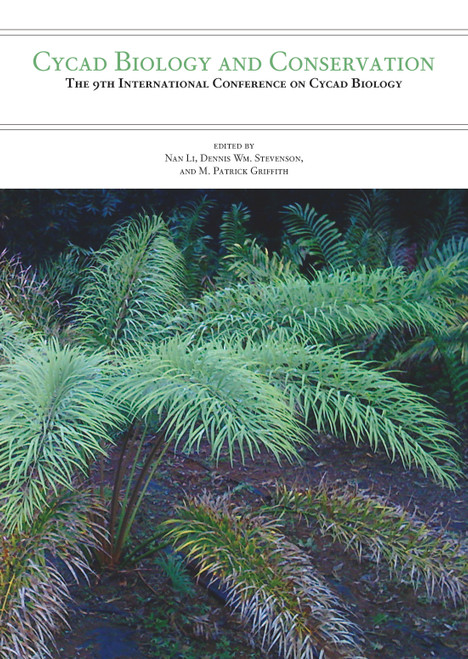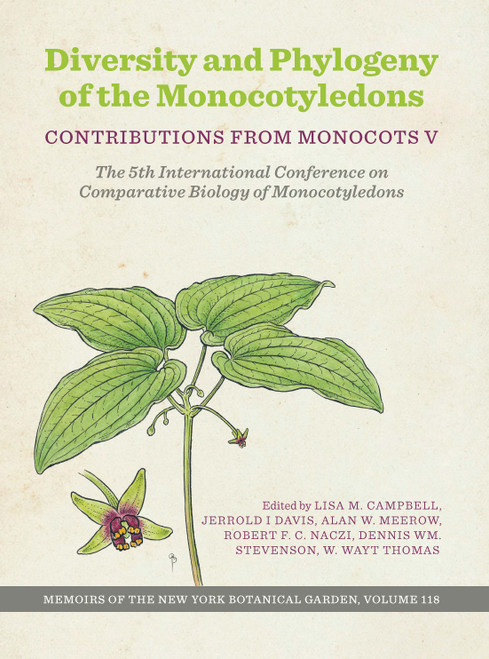This purchase only includes chapter 1 of this title.
Abstract
Tissues of the pinna and rachis of Cycas diannanensis and pinna, rachis, and root of Cycas taiwaniana, rachis of Cycas szechuanensis, stem of Metasequoia glyptostroboides (Taxodiaceae), stems of Chamaecyparis obtusa (Sieb. & Zucc.) Endl. cv. Tetragona (Cupressaceae), and leaves and stems of Michelia alba and Michelia figo and stems of Amygdalus persic (angiosperms) were compared using scanning electron microscopy. In all species of these gymnosperms, their many tracheary elements have perforations in end walls and lateral walls. These structures are the same as vessels of angiosperms; therefore, these tracheary elements are vessel elements. Many types of vessels were found in cycads: pitted vessels in M. glyptostroboides and spiral and pitted vessels in Chamaecyparis obtusa cv. Tetragona. The development and structural characteristics of vessels of cycads, the two other gymnosperms, and the angiosperms were identical. Some characters, such as extent of incline of perforation plate in the end wall, showed that vessel characters of some angiosperms are more primitive than the cycads or M. glyptostroboides and C. obtusa cv. Tetragona. Many of the vessel elements of the angiosperms were band shaped, without end walls, and had only two lateral walls and other two margins; the end is acute or with an arc margin; the end of some vessel elements are acute with no perforations, with many perforations located only in lateral walls. Such results have rarely been reported in previous work. In all species, perforations were seen only in tracheae, and the walls of parenchyma cells only had a thin primary wall without perforation. Analysis of the vessel or tracheid structure conformed to the Jeffrey’s method: comparing the vessels of cycads, Taxodiaceae, and Cupressaceae helps us to understand the mechanism which these most primitive or more primitive extant gymnosperms adapted to harsh environments and to understand these species’ evolutionary extent and has significance to the studies of plant anatomy, plant systematics, and plant evolution.
Keywords: adaptability, gymnosperm, angiosperm, evolution, vessel, structural characteristics
Some of the work presented herein has also appeared in the American Journal of Plant Sciences, 8 (2017), 959–984 by the current authors while this paper was in proof. —The Editors











